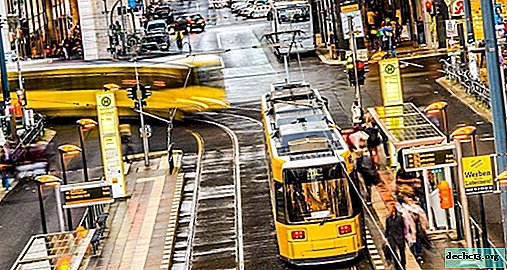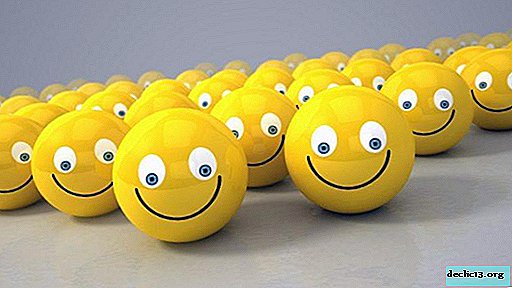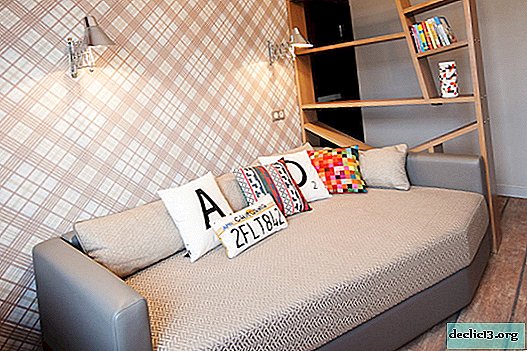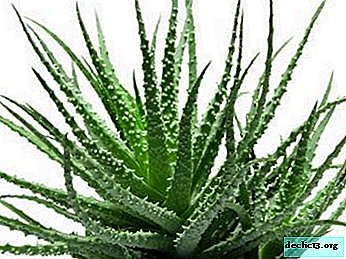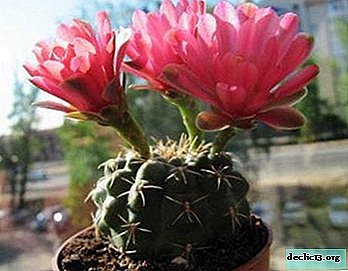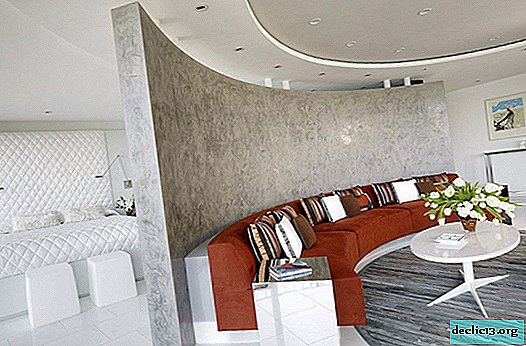Removing old wallpapers: the fastest way
Want a riddle? What kind of wallpaper to hold on tight? Of course the old ones that need to be torn off. Wallpaper is perhaps the most popular option for decorating a room and quite often you have to deal with their removal from the wall. Today we will consider all the nuances and problems that you may encounter while working.
The complexity of the removal process depends on the type of coating material and glue that was used during gluing. So, for example, liquid glue does not withstand water impregnation, although it holds the coating well.
Consider the fastest way to video
Removing old wallpapers: classic options
Electricity with water - things are quite dangerous. Therefore, before starting work (unless of course there are sockets, switches and other appliances in the room), all electricity must be turned off. Next, take a screwdriver and loosen the screws on the sockets a bit - this is necessary to remove old wallpaper from them. Deleted? Good. Now we screw the screws back and close the socket with a plastic or plastic bag to protect against water ingress. You can turn on electricity only after the walls in the room have completely dried.
Remove with water
First of all, we need to soak the old wallpaper with warm water. If the material does not lag the first time, then the procedure must be repeated. And for better wetting of the surface, a liquid detergent and some cellulose glue can be added to the container with water, this will help retain water. By the way, the water should always be warm.
What if it comes to vinyl and other washable wallpapers? To do this, notches (cuts) must be made on the surface of the material. The procedure is simple - with a wire brush or scraper, make notches over the entire surface of vinyl or other washable wallpapers. Through such cracks, water penetrates and dissolves the glue. Make sure that the brush does not touch the surface of the plaster, otherwise metal particles can cause rust in the future.
To better retain water on the wall, a little glue can be added to the water tank. It is best to wet the wallpaper with a sponge, starting from the corner and moving around the perimeter of the room. When you reach the end, the water should already dissolve the glue and the peeling process should not be difficult.
All wallpapers were wetted - good. Now you can begin to remove the old finishing material. For this we need a scraper. With forward movements, the wallpaper will be easily slazed. If not, it makes sense to moisten it again with warm water. By the way, try not to press the scraper too much so as not to scratch the wall.
And if the wallpaper was applied on drywall? In this case, do not forget that their front part is covered with paper, and you should not remove it.
Most of the wallpaper removed - great. Now small residues and particles must be soaked again with water and removed as well.
What to do if part of the wallpaper doesn’t want to get off at all? And in such a case there is a way: we take the iron and iron this area through a wet rag. It will help - we guarantee.
All wallpapers were shot, what's next? Now take a little detergent and dissolve in a container of warm water. Now with such a solution it is necessary to wash all the walls.
Remove with electric steamer
An alternative solution to "water procedures" for wallpaper is an electric steamer. The device looks like an iron or kettle, often used for cleaning clothes, furniture and other things. Consider the removal procedure in more detail.
First of all, it is necessary to cover the floor with rags or other dustproof panels so as not to damage it. It is also worth remembering that the steamer should never be placed on an open floor surface. And yet, we advise you to wear gloves and a shirt with a long sleeve, we work with steam though.
- With the preparatory work sorted out. Now fill the tank with water and wait until it heats up (the speed depends on the model, on average, from 30 seconds to several minutes). Work starts from the bottom of the wall so that the steam rises and softens other areas. We press the tool with the sole against the wall (a place with holes for the passage of steam) and hold for about a minute.
- Now we remove the old materials with a scraper and repeat the same thing on another section of the wall. The procedure is repeated until all the wallpaper has peeled off. Now you need to clean the wall from traces of paper and glue. You already know how to do this, and if not, return a little higher in the text, everything is described there.
What else do you need to know?
Modern types of vinyl wallpaper can peel off the wall simply, without unnecessary procedures. To do this, simply raise the corner of the wallpaper with the tip of a knife. If it doesn’t work, try pulling the material up. Otherwise, the surface must be incised (perforated) and treated with steam or water.
After vinyl wallpaper, thin paper often remains - the backing. It can either be removed (removed in the same way as regular wallpaper) or used as an overlay paper. Congratulations! Removing old wallpaper from the walls is complete. By the way, removing old wallpaper is considered one of the stages of rough finishing. For more details on the other nuances of such a process, read here.


